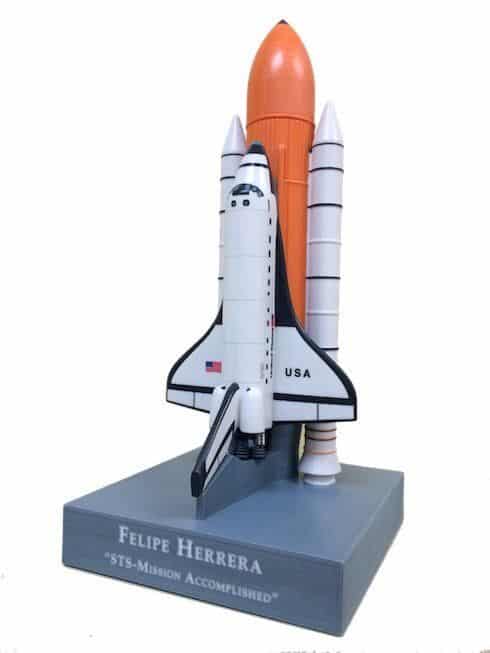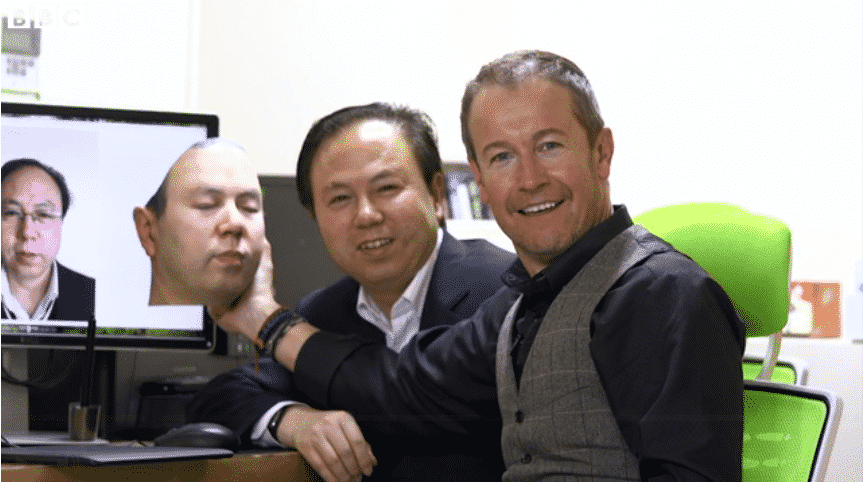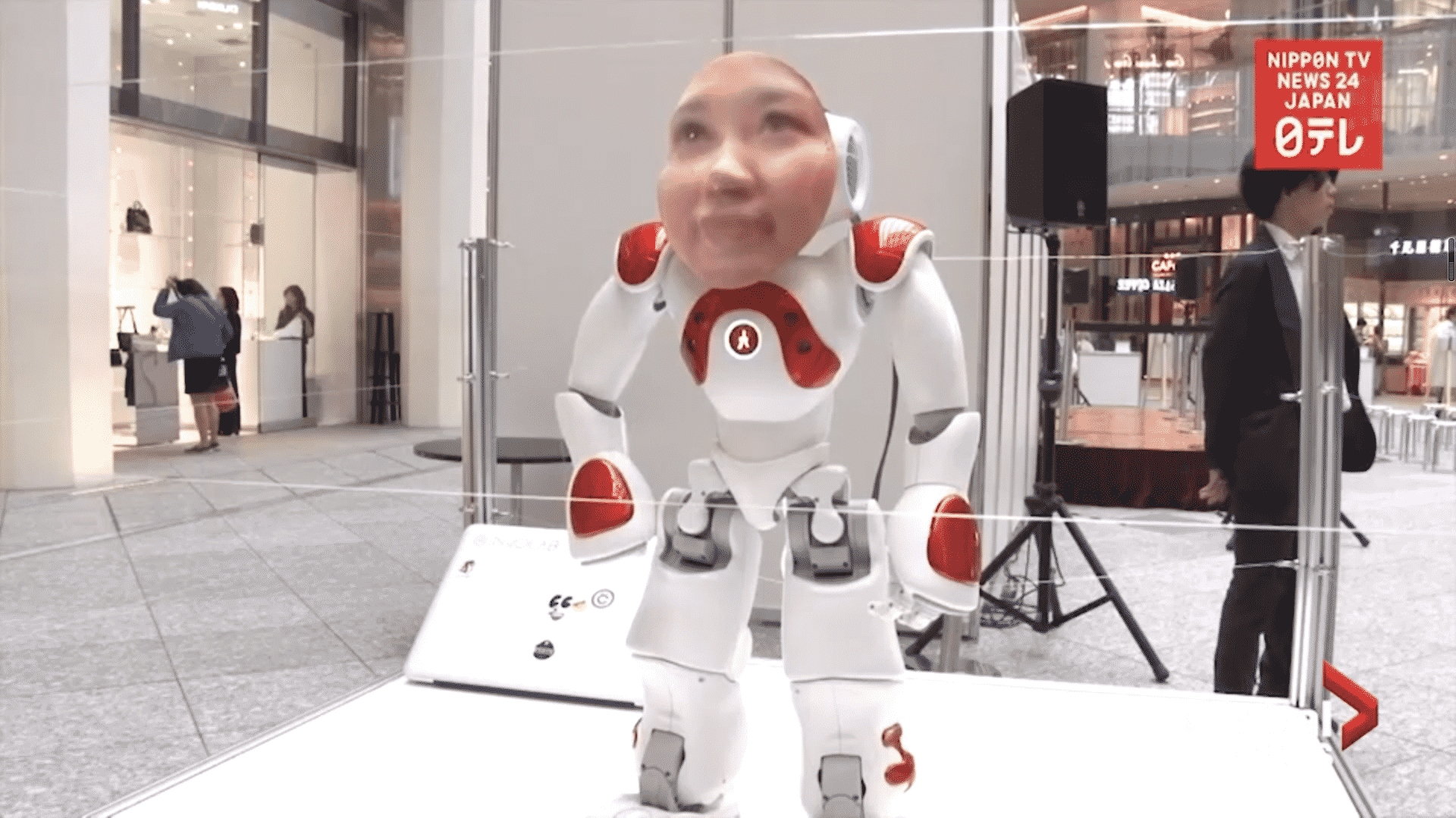Most people think that after death, the buried or cremated physical body decays into earth and stardust—the same stuff from which it originally came. They are correct. But earth and stardust can also be forged, arranged, and ultimately 3D printed to create life.
Personalized Urns and Keepsakes
3D printers can take personalized urns to a new level. Individual urns could be created in a miniature form of the deceased. They can take photographs of special places and create physical urns using those images. An urn could be “printed” in the form of a favorite car or motorcycle. Imagine almost any image or item and it could be re-created as a customized 3D urn.
Imagine a husband and wife who have been together for the past 60 years. They met one day under an old oak tree in their hometown and would return on anniversaries to picnic there. The husband recently passed away. The wife could order an exact replica of that oak tree where they first met, and have it printed and turned into an urn.
That’s what this family did for a NASA Engineer. They printed an exact replica of the Columbia space shuttle to serve as an urn. 3D printing will provide families with new ways to ensure a unique legacy for their loved ones. But it’s not the only way it’s making its presence felt in the funeral profession.

Like personalized urns, personalized keepsakes can be created in remembrance of a loved one. These can be in the form of jewelry, decorative items, and other items that will keep the memory of a loved one close at hand.
Repairing the Bodies of the Deceased
3D printing has been widely accepted in the medical and dental industries in producing prosthetic and replacement parts. This technology is now being used to help repair the bodies of those involved in accidents. Funeral professionals are no longer limited to wax or extensive makeup to help make a deceased look presentable. Families will soon have the option to see their loved ones in much more realistic ways than previously possible. This can provide exceptional comfort when a severe accident or other tragedy was the cause of death.
Shanghai Longhua Funeral Home is using 3D printing to reconstruct the faces of people who may have been badly injured when they died. For many in China seeing a loved one’s dead body is a fundamental part of saying goodbye, but for those killed in natural disasters or accidents the deceased person’s face may be unrecognizable to their families. Traditionally, wax and putty have been used to reconstruct a person’s face, but the process can take up to two weeks. The 3D printing method takes just one day.
Assist Mourning with Robotic Technology
In Japan, the Digital Shaman Project, which uses humainoids, is proposing — a new mode of mourning in keeping with the latest technical advances. After the funeral, the period of mourning in Japan is 49 days. And you will be able to stay with that robot who wears a 3D printed mask of the deceased’s face for 49 days.
It’s not only a face mask. While they are alive, people will have an interview with the artists and their physical characteristics and messages will be recorded at the time. After they pass away, those bereaving the person will be able to install the program into the robot, which mimics the deceased one’s personality, speech, and gestures. The robot can imitate the deceased person’s head and hand movements from when they did the interview.




